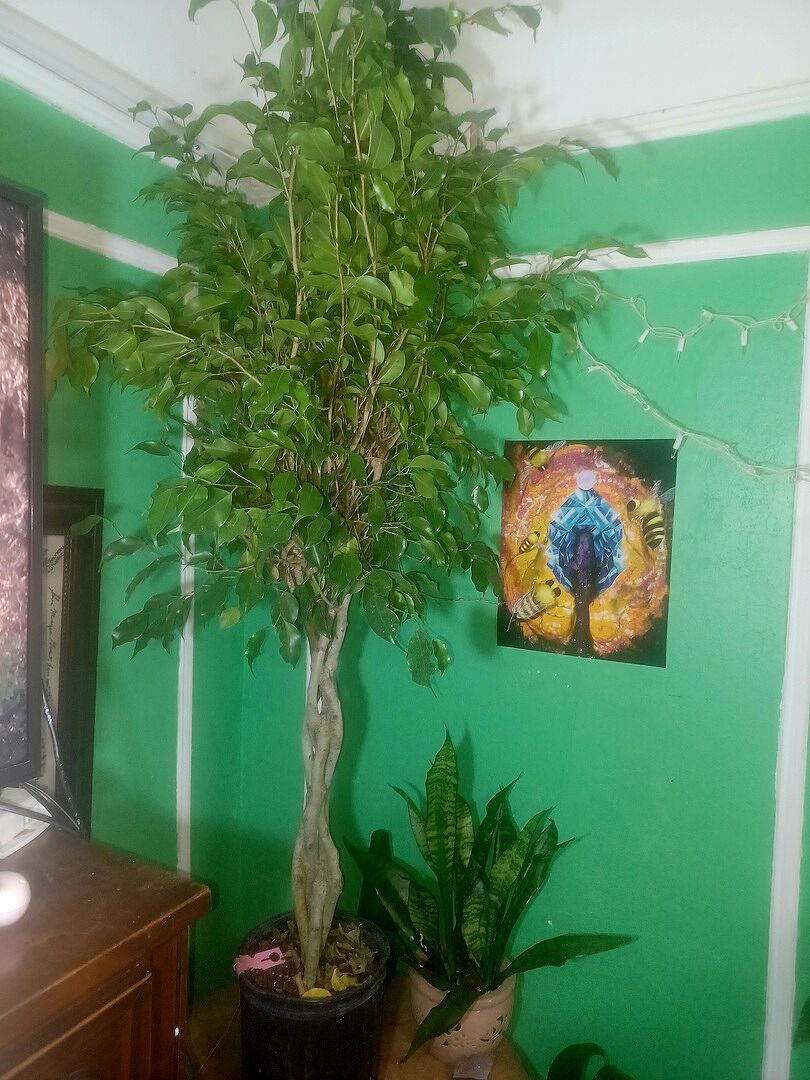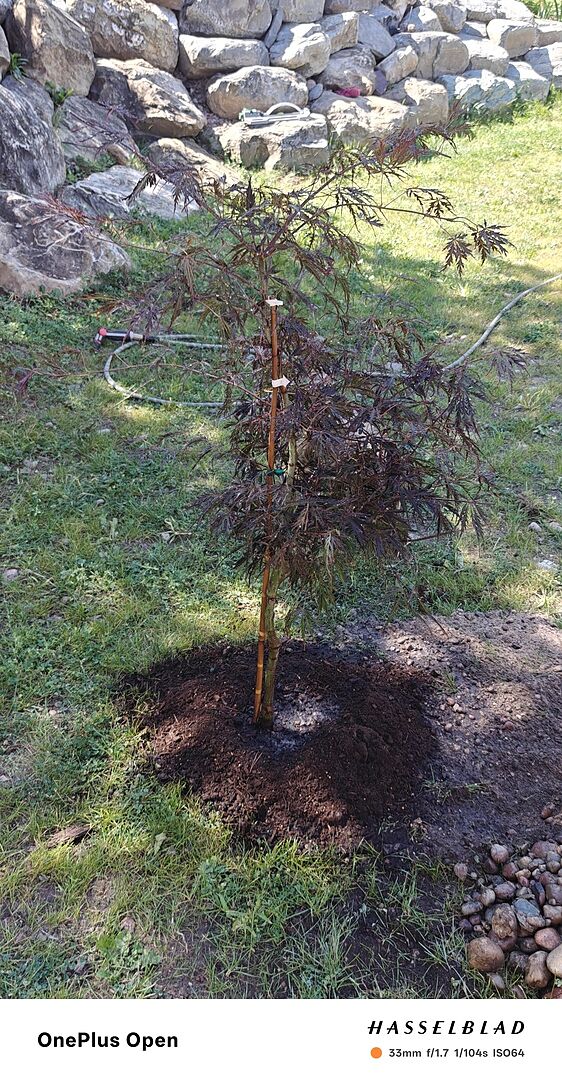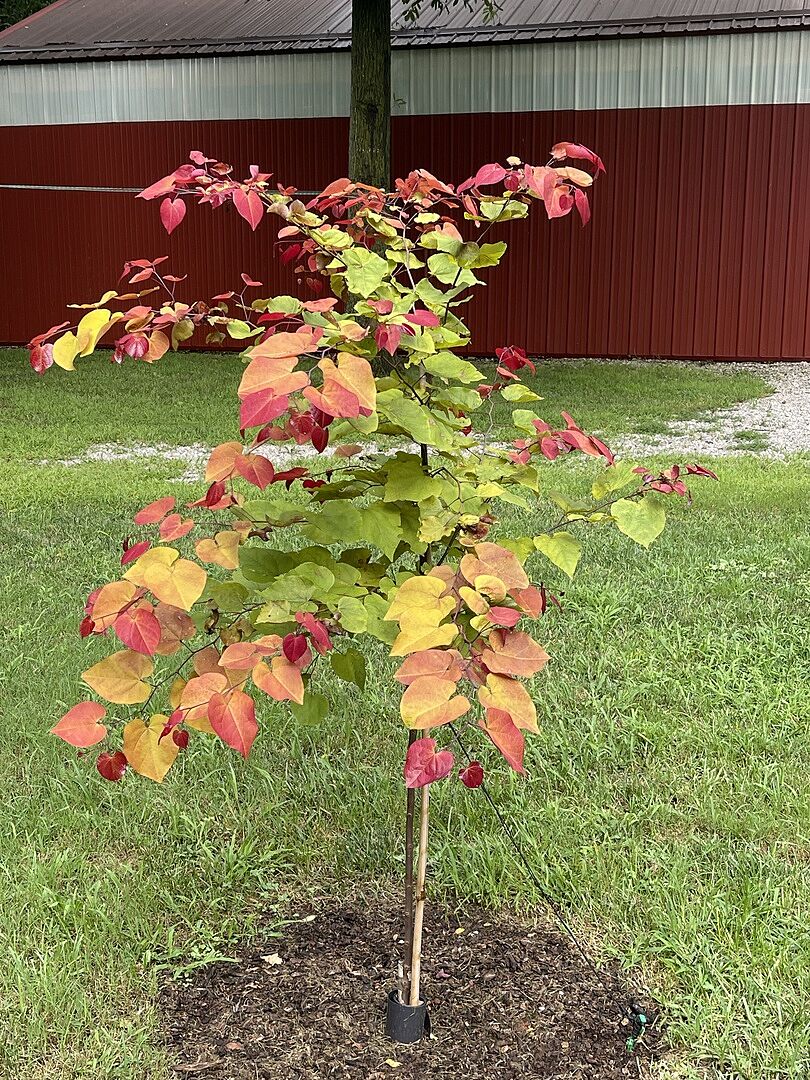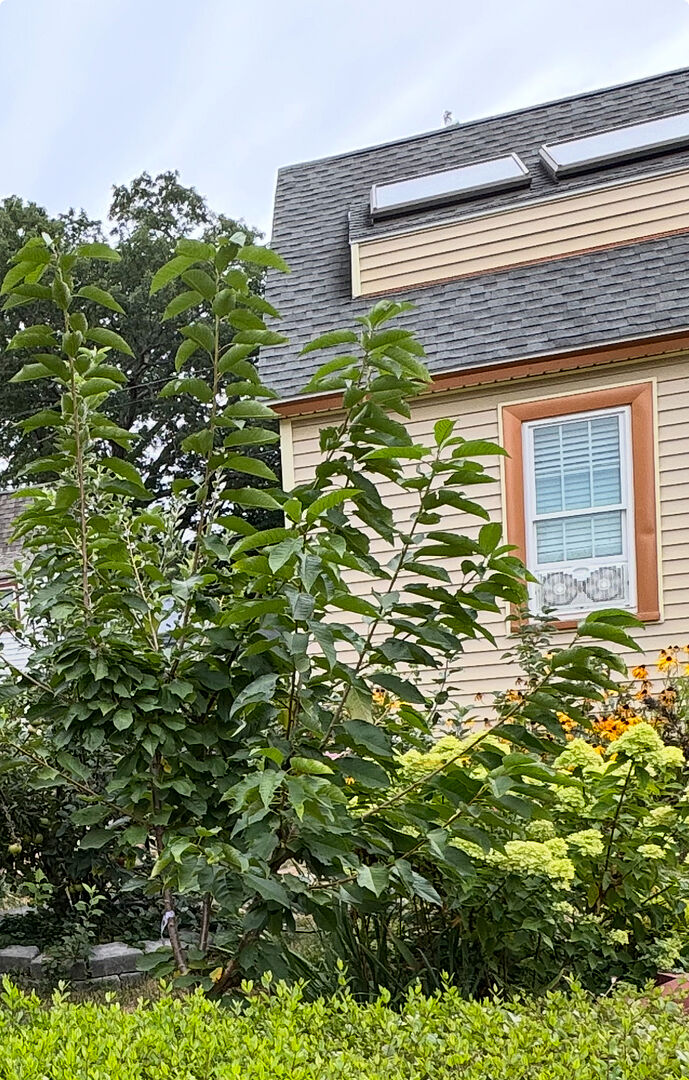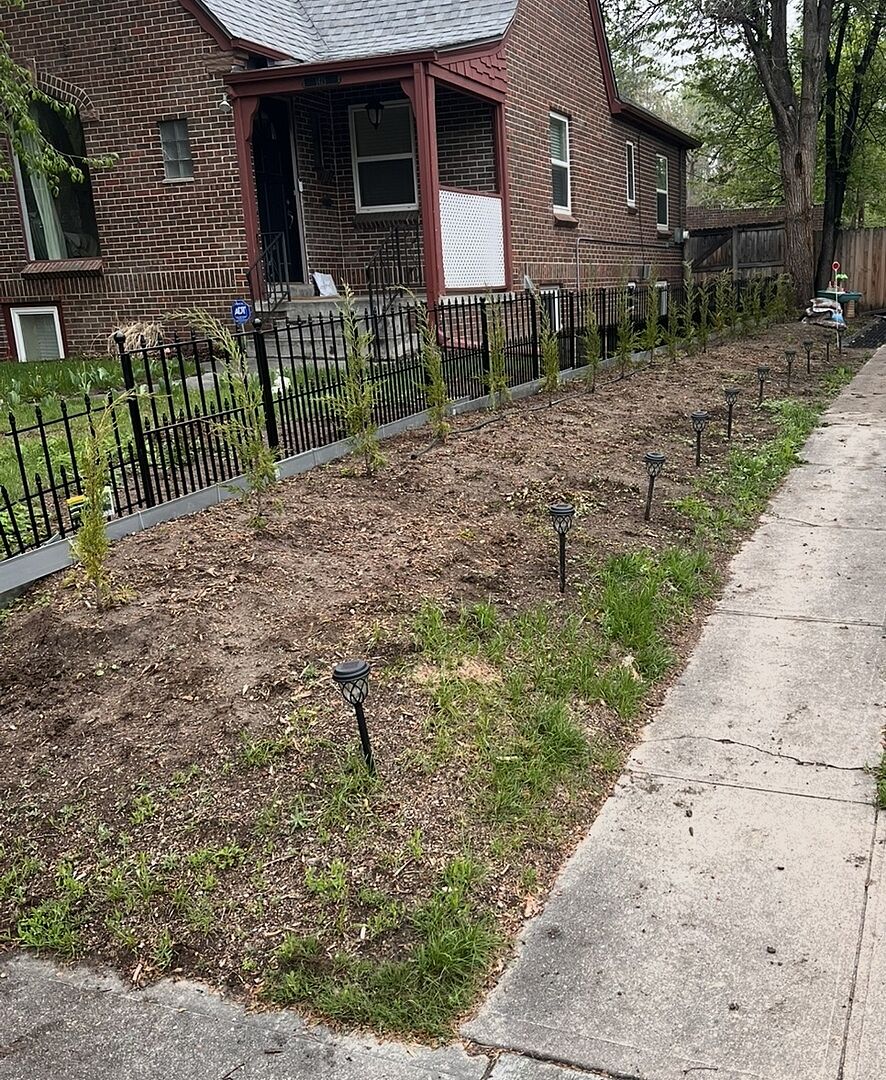Pest and Disease Control
Filters
Only items for my growing zone
Zone -
My Location
Only items for my zoneGrowing Zones
Collection Results
You put a lot of work into making your garden look great, so when those crawlers and critters come calling, it’s only natural to want to get rid of them as soon as possible! Plant disease control is a key function that every gardener needs to make a part of their care routine. The more regular maintenance that is provided, the easier it will be to keep critters at bay, promote healthy growth, and prevent disease spread.
Learn more about the best practices required to grow a healthy and robust garden—and if in doubt, reach out to our team of Plant Experts, who can answer all your questions related to pest control for trees and shrubs!
How Pest and Disease Control Helps Your Garden to Grow and Look More Vibrant
Pest and disease control should be a part of every gardener’s care routine to ensure a healthy, vibrant garden. Here are just a few of the reasons why it’s important to develop a pest and disease control routine:
Prevents Plant Damage and Disease Spread: Catching a disease or pest problem early means you will likely be able to save your plant before it’s too far gone—or before the problem spreads to other plants.
Promotes Healthy Growth: Pests and diseases may impair your plant's ability to take in nutrients and water, which can lead to stunted growth.
Enhances Production and Improves Visual Appeal: By installing pest and disease prevention measures in your garden, you’re more likely to enjoy bursting blooms, robust fruit and vegetable crops, and undeniable curb appeal.
Encourages Beneficial Insects: A healthy garden with a controlled pest population encourages beneficial insects like bees and ladybugs to visit, which helps pollination and natural pest control.
How to Choose the Right Pest and Disease Control Products
The key to treating your pest or disease problem is actually two-fold. First, identify the key challenges your chosen plant encounters to proactively treat, and second, maintain a rigorous patrol in your garden to catch any issues you may be having early. These two steps should take you a long way in maintaining a beautiful garden, yet even the most fastidious gardener will encounter some pest problem. So, before you go about treating the issue, make sure you understand what exactly you’re dealing with.
There are numerous mildews, critters, and other damage-causing nuisances that can crop up in your garden. Below are a few of the most common issues gardeners encounter, but if you’re not sure what you’re dealing with, you can always contact our Plant Experts for support.
Aphids, small, soft-bodied insects that range in color from brown to red, are a common pest that many gardeners are bound to contend with. They are often found on the backsides of leaves and can also be identified by the sticky, sugary substance they secrete (known as honeydew) that draw ants near. Your plant’s leaves may also appear curled, twisted, or stunted due to this bug’s feeding. Aphids can be removed by hand or by a steady stream of water, but neem oil is also an effective repellant to keep the bugs at bay.
Japanese Beetles are destructive, green and brown pests that have puffs of white hair on their bodies. They love feeding on a number of shrubs including roses, vegetable plants, and fruit trees. They can be spotted feasting during hot weather, by their C-shaped white larvae, or by the appearance of leaves that are lacy or skeletonized. There are a number of control measure that can be taken to rid your plant of Japanese beetles, including picking them off and drowning them in soapy water, applying neem oil to deter feeding, or planting companions that deter the beetles.
Caterpillars can be identified by their long, furry bodies, and you’ll know they’re a problem when you find irregular-shaped holes, silken webbing, or small pellet-like droppings upon your leaves. Regularly inspect plants to manually remove caterpillars, companion plant aromatic herbs nearby, or encourage natural predators with bird feeders to control your caterpillar population.
Powdery mildew is a common fungal disease that affects a wide range of plants and can be easily identified by the white powdery patches that show up on the surface of leaves. If it looks like flour has been applied to your plant, it’s likely that powdery mildew is what you’re dealing with! Powdery mildew can spread quickly, so it’s important to treat the affected areas as soon as possible. The best treatment for powdery mildew is prevention—plant with proper spacing and prune regularly to ensure plants have proper air circulation, water at the base to keep leaves dry, and avoid excess mulch which can cause too much water retaining and cause mildew.
Deer, birds, and ground creatures can be identified in a plethora of ways including eaten foliage, trampled vegetation, disturbed soil, or missing flowers, luckily, there are a number of deterrents to help keep your garden thriving. For larger critters try a deer repellant, install fencing or a deer-resistant evergreen barrier, or consider scare tactics like a sensor-motion sprinkler. We also carry a number of deer-resistant trees and plants that can help keep these creatures at bay. Bird netting can help keep nests out of your bushes and beaks away from burgeoning fruit. And for all those ground creatures like chipmunks, rabbits, and groundhogs, try an environmentally friendly animal repellent.
Slugs: These nocturnal feeders often target young seedlings and emerging growth. Identified by the mucus or shredded leaves they leave behind, these worm-like creatures may also lay translucent eggs in clusters in moist planting areas. To prevent a slug issue, keep your garden tidy and debris-free and ensure air flow is adequate between your plants. A thin layer of diatomaceous earth can be helpful at keeping these pests at bay, but if you do find them among your shrubs, we recommend placing a slug collar at the base of your plant or bait the insects will shallow dishes of beer, which work surprisingly well as slugs are attracted to the liquid’s yeast.
Common Questions about Pests and Plant Disease
How do I get rid of diseases in my garden soil?
Ridding disease in your soil can be a bit of a cumbersome chore, but it’s very much doable! To get started, follow these steps:
1) Examine the plants for wilting, discoloration, or strange growth patterns and reference local gardening resources to determine the disease.
2) Remove diseased plants and dispose. Be sure not to compost them to avoid spread.
3) Prepare your soil through solarization: Clear out plant debris and till the soil and water thoroughly. Cover the area with a plastic sheet and leave in place for 4-6 weeks to kill pathogens.
4) When you’re ready to plant again, rotate in new plants to disrupt disease cycles and amend the soil with organic amendments like compost to improve soil diversity.
How do you treat unhealthy plants?
Tree disease control can be a tricky business. Before treating your plants, you’ll need to identify what the issue is—are there signs of damage by insects? Are there fungal issues? While some issues may be solved by pest or disease control treatments, other issues may be a sign of planting mistakes, such as plants not getting enough sunlight or being planted too close together. If you need support identifying how to treat your unhealthy plant, our Plant Experts can help!
More Resources
Plant Diseases: Top 3 Tips to Reduce and Prevent Garden Pests


































































































































